Sourdough Isn’t Scary: Your Guide to Amazing Bread, Better Digestion, and Your First Loaf
I’ve had my hands in dough for more than two decades, starting way back when I was an apprentice in a little European-style bakery. Long before it was all over social media, the first thing that hit me when I walked into a great bakehouse was that smell—a sharp, vinegary tang mixed with a sweet, yeasty perfume. It’s the smell of a starter that’s alive and happy. For me, sourdough has never been just a recipe; it’s a living thing that connects us back to the very first people who figured out how to make bread rise.
In this article
These days, everyone’s talking about the health benefits of sourdough. And a lot of it is true! But the conversation often skips over the ‘why’ and the ‘how.’ The real magic isn’t a mystery; it’s all in the slow, patient fermentation process that I’ve built my career on. This isn’t about some quick health hack. It’s about how flour, water, and salt are completely transformed by a bubbling culture of wild yeast and bacteria. I want to walk you through what I’ve learned, not from textbooks, but from pulling thousands of loaves from the oven and teaching countless new bakers.
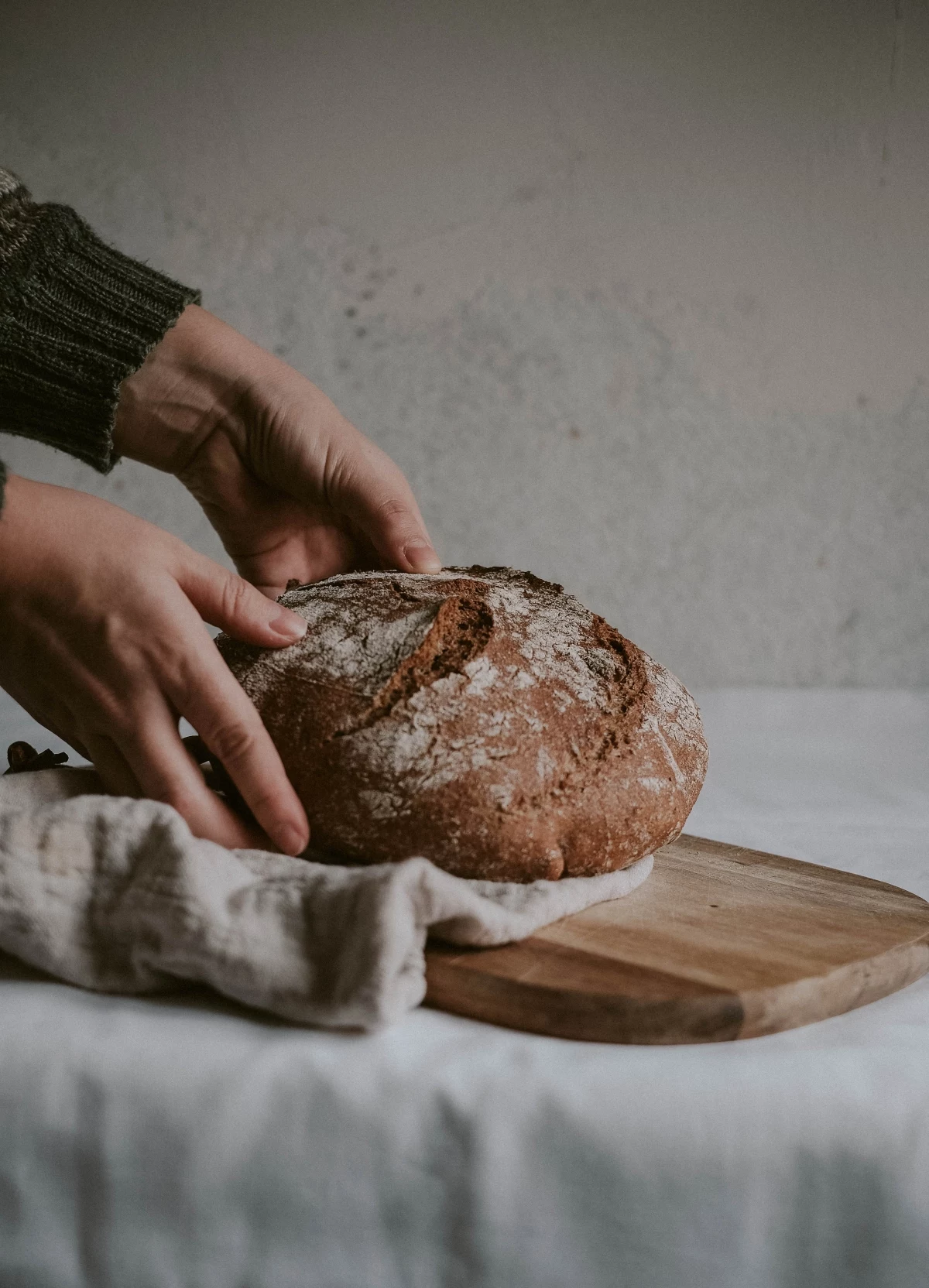
By the way, if you’re feeling inspired, here’s a quick win: go buy some high-quality bread flour or whole wheat flour today. Seriously. Finding a good flour from a local mill or even just a reputable brand at the store is the absolute best first step you can take. The better the flour, the happier your future starter will be.
Meet Your Starter: The Heart of Your Bread
Before we even think about a loaf, we have to talk about the starter. This isn’t just an ingredient; it’s a living, breathing pet that lives in a jar on your counter. Technically, it’s a symbiotic culture of bacteria and yeast (you might see it called a SCOBY). The wild yeast, which usually comes right from the flour, creates carbon dioxide, and that’s what gives the bread its beautiful rise.
But the real MVPs are the bacteria, mostly the Lactobacillus family. They produce two kinds of acid: lactic acid, which gives that mild, creamy tang like yogurt, and acetic acid, which brings a sharper, more vinegary note. The balance between these two is what creates your bread’s signature flavor. And you can control it! A slightly cooler spot (around 65°F or 18°C) encourages more acetic acid for a complex, tangy flavor. A warmer spot (like the top of your fridge, around 78°F or 25-28°C) will give you a milder, more lactic loaf.
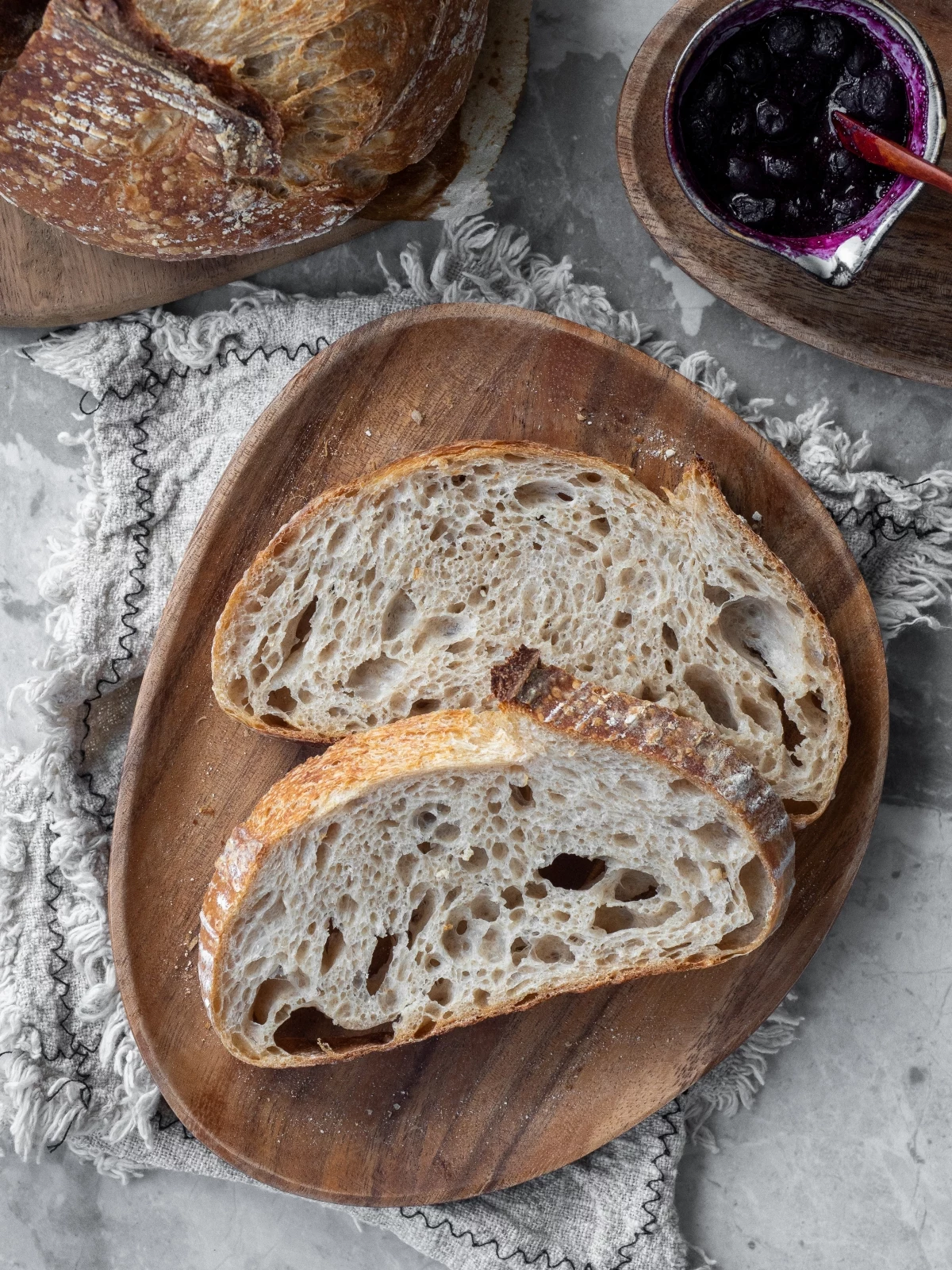
How to Keep Your Starter Alive and Happy
Okay, so how do you actually feed this thing? It’s simpler than it sounds. Most of the time, you’ll follow a 1:1:1 ratio. This means one part starter, one part water, and one part flour, by weight.
Let’s say you have 50 grams of starter. You’d ‘discard’ (or save for pancakes!) all but those 50 grams, then add 50g of water and 50g of flour. Mix it up, and let it sit. You’ll do this once or twice a day, depending on the temperature of your kitchen.
Heads up! If your starter starts to smell like nail polish remover or vinegar, don’t panic. It’s not bad; it’s just really hungry. That’s its way of telling you it needs to be fed. The only time to worry is if you see fuzzy mold or any pink or orange streaks—if that happens, toss it and start over. Your nose is your best guide.

The Gear: What You Actually Need to Get Started
You don’t need a professional bakery to make amazing bread. Honestly, you can get by with very little.
The Bare Minimum Crew:
- A Digital Kitchen Scale: This is non-negotiable. Baking is a science, and measuring in grams is far more accurate than using cups. You can find a decent one online for about $15.
- A Large Bowl: Any big mixing bowl will do.
- A Jar for Your Starter: A simple glass mason jar works perfectly.
- Your Hands: The best tools you have!
The ‘Nice-to-Have’ Upgrades:
- A Dutch Oven: This is the secret to that amazing, crackly crust. The heavy lid traps steam, mimicking a professional steam-injected oven. They can range from a $60 Lodge at Target to a $400 Le Creuset. To be frank, the $60 one works beautifully. In a pinch, any heavy, oven-safe pot with a tight-fitting lid will do the job.
- A Bench Scraper: A simple piece of metal or plastic that helps you handle sticky dough and clean your counter. A game-changer, and usually under $10.
- Banneton Baskets: These are wicker baskets that support your dough during its final proof, giving it that classic round shape. You can just use a bowl lined with a floured tea towel instead!
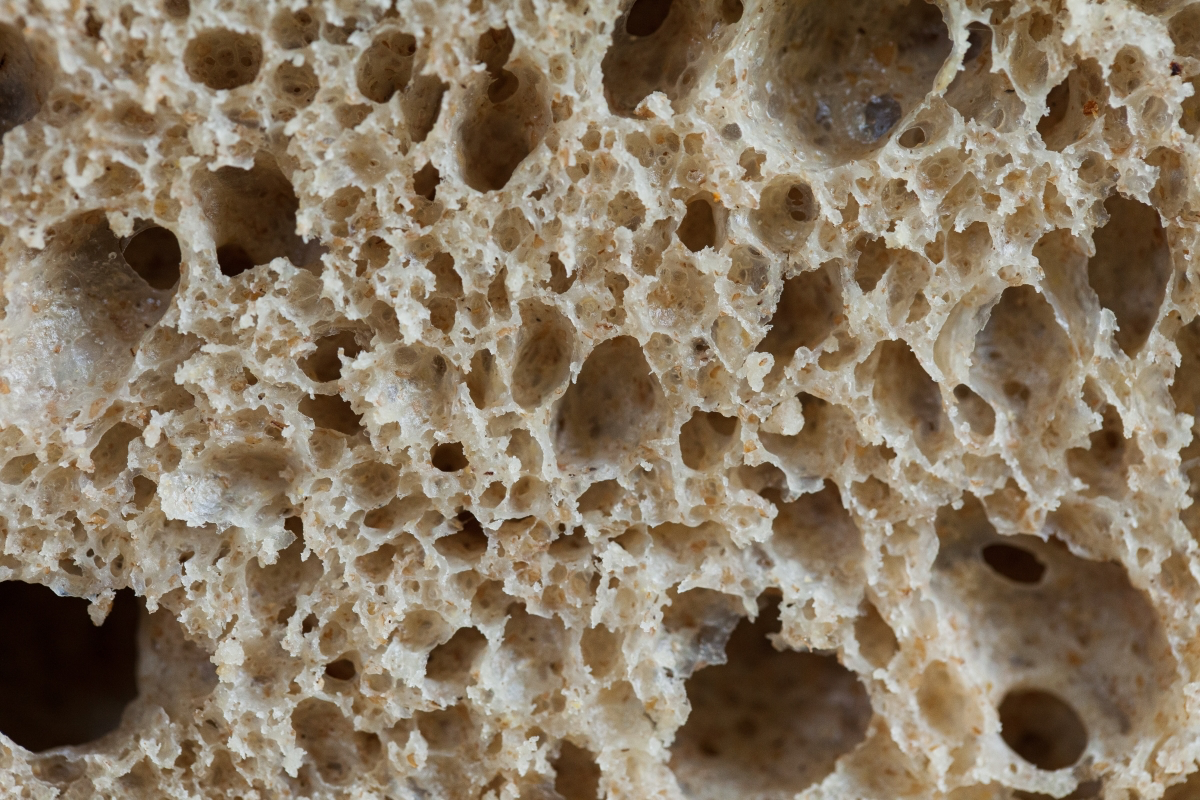
Unlocking the Good Stuff: Why Sourdough is Easier on Your Body
So, why go to all this trouble? Because that slow fermentation is a powerhouse that makes the bread more nutritious and easier to digest.
Grains naturally contain something called phytic acid, which acts like a tiny vault, locking up minerals like iron, zinc, and magnesium. This means that even in a slice of standard whole wheat bread, your body can’t actually absorb all the good stuff. But during sourdough’s long, slow ferment, the bacteria create an acidic environment. This acidity wakes up an enzyme in the flour called phytase, which gets to work breaking down the phytic acid. After a 12-hour fermentation, more than 80% of it can be gone! It’s not that sourdough has more minerals; it’s that your body can finally use the minerals that were there all along.
The Real Deal on Gluten and Digestion
Let’s get one thing straight, and this is critical: sourdough bread is NOT gluten-free. If you have celiac disease, you absolutely cannot eat it. Anyone who says otherwise is dangerously misinformed.
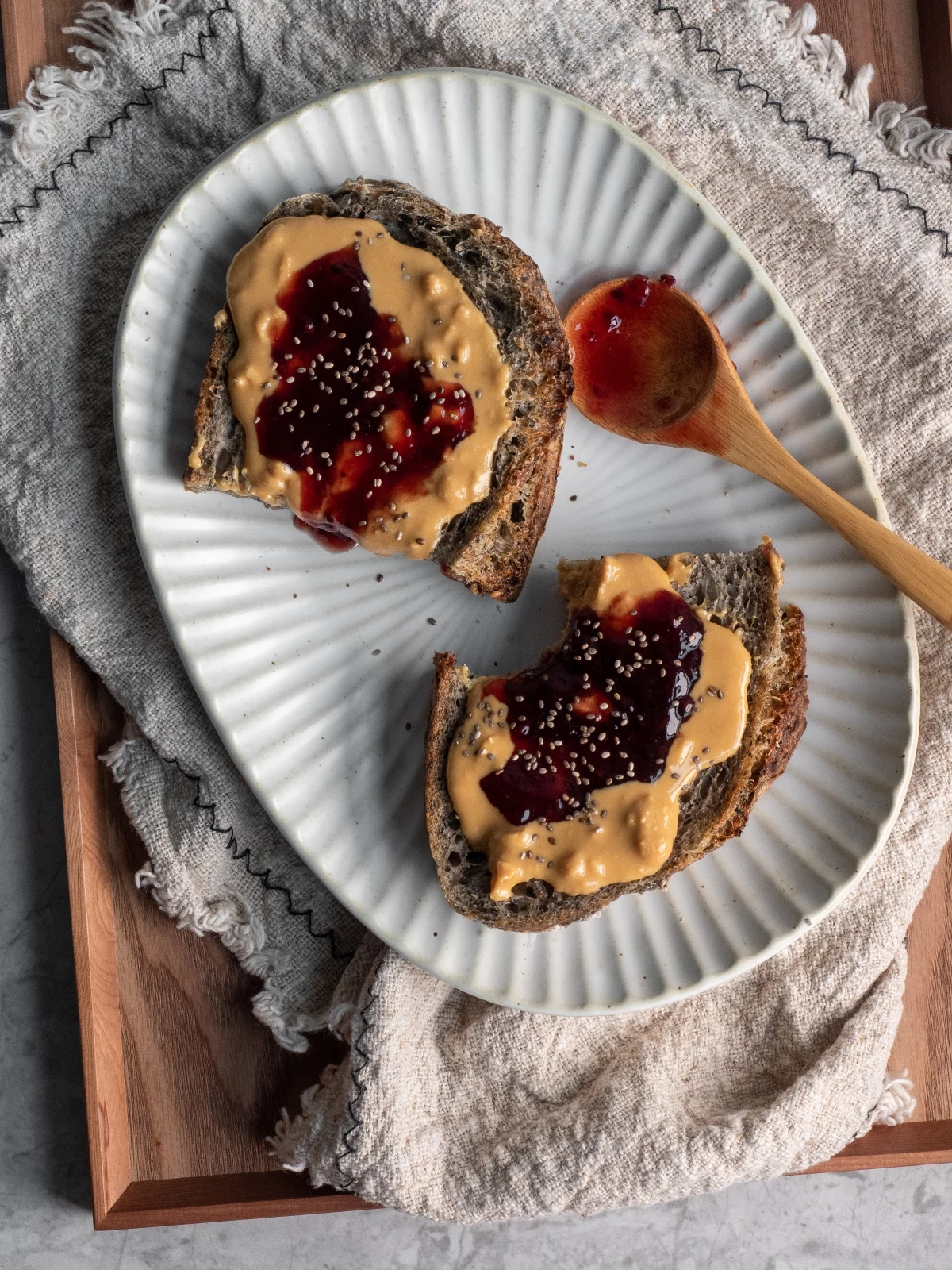
So, why do some people with non-celiac gluten sensitivity say they can handle it? Again, it’s that long fermentation. Gluten is a big, complex protein. The bacteria and yeast in the starter essentially pre-digest it for you, breaking down some of those complex protein chains into smaller bits that are easier for your system to handle. The process also munches on certain carbs called fructans (a type of FODMAP), which are known triggers for people with IBS. I’ve had so many customers over the years tell me they’d given up on bread entirely until they tried a true, long-fermented loaf.
The key word there is true. A lot of commercial “sourdough-flavored” bread is a total sham—it’s just regular bread made with commercial yeast with a souring agent added for taste. It skips the long fermentation, so you get none of the digestive benefits.
A Boost for Your Gut (and Your Blood Sugar)
You hear a lot about probiotics in fermented foods, but it’s a little different with bread. The intense heat of the oven (over 400°F) unfortunately kills off the live bacteria. However, sourdough works as an excellent prebiotic. Think of prebiotics as food for the good bacteria that already live in your gut. By feeding them well, you help create a healthier gut environment, which is linked to everything from better digestion to a stronger immune system.
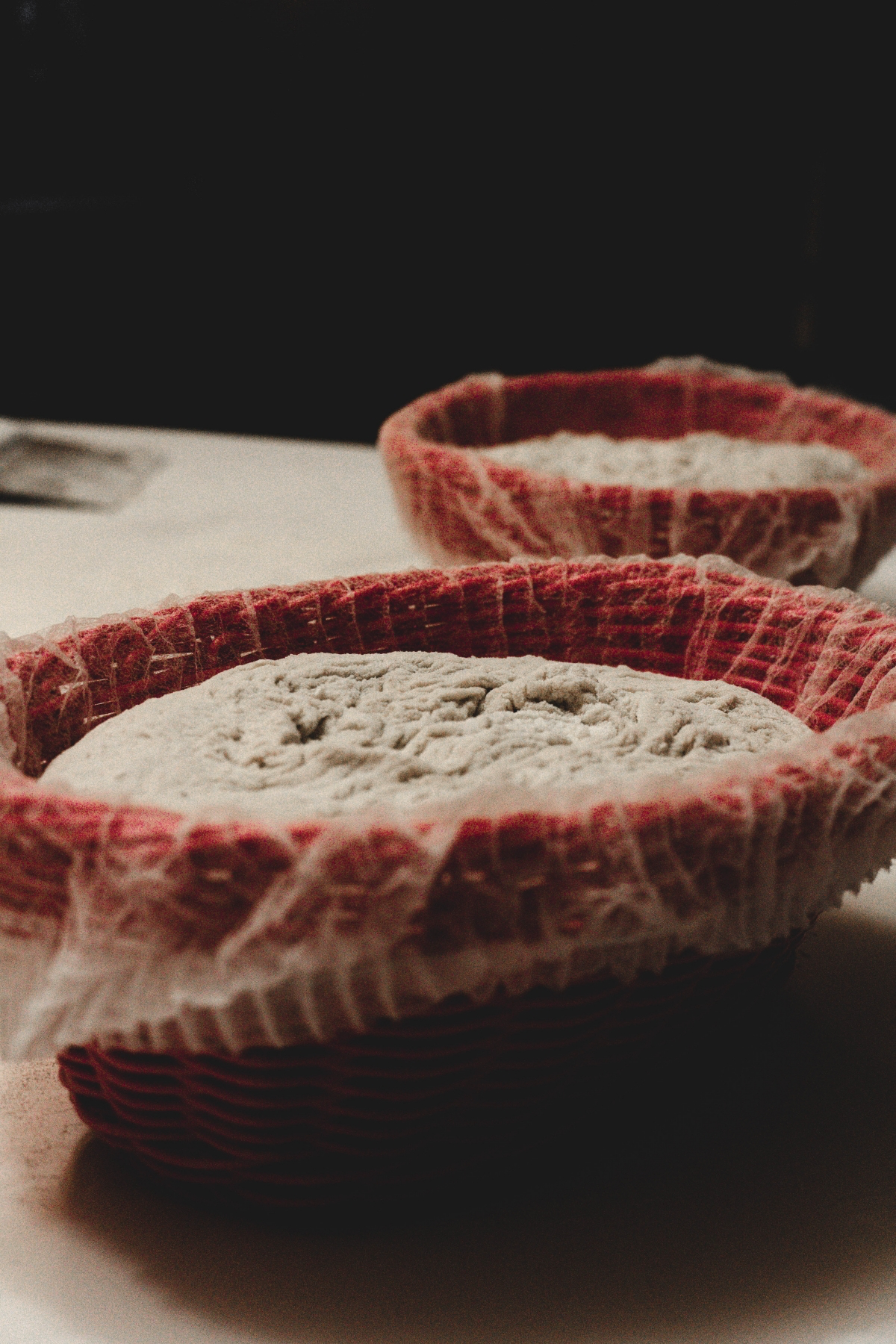
Plus, sourdough has a lower glycemic index (GI) than standard bread. This means it releases its energy more slowly, preventing those sharp spikes and crashes in blood sugar. The acids created during fermentation seem to slow down how fast your body digests the starch. For anyone managing blood sugar, this is a huge plus. But, a quick disclaimer: it’s still a carbohydrate. If you have diabetes, you still need to count carbs and talk to your doctor. Sourdough is a better choice, not a free pass.
Your First Loaf: A Simple, No-Fail Recipe
Alright, let’s get baking. This recipe is designed to be straightforward. We’ll use Baker’s Percentages, which is a pro trick to make scaling recipes a breeze. It just means everything is calculated as a percentage of the total flour weight.
Ingredients:
- Bread Flour: 450g (90%)
- Whole Wheat Flour: 50g (10%)
- Water: 375g (75%)
- Active Sourdough Starter: 100g (20%)
- Fine Sea Salt: 10g (2%)
The Method:
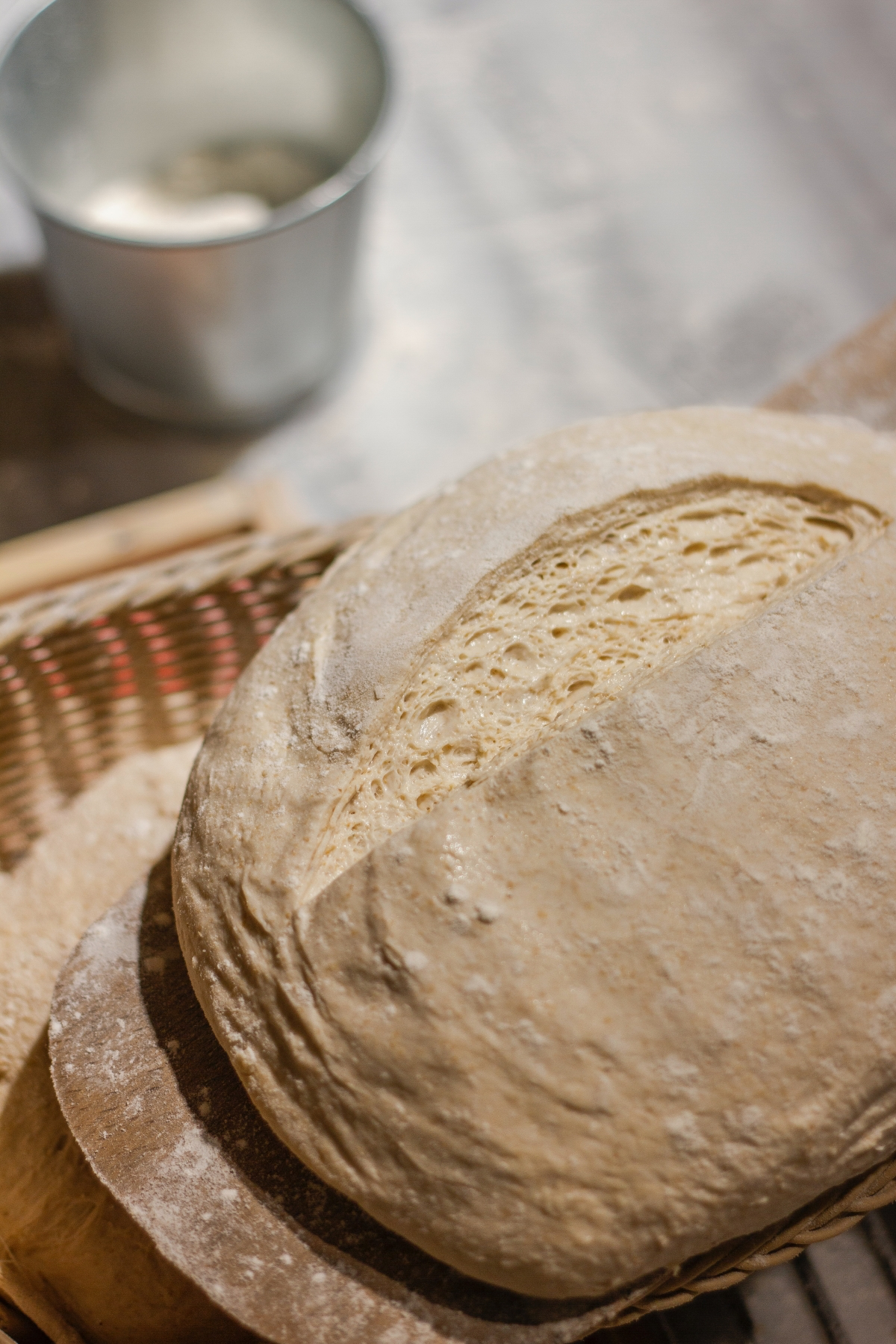
1. Autolyse (The Magic Trick): In your large bowl, mix just the flours and water until no dry bits remain. Cover and let it sit for 30-60 minutes. Seriously, don’t skip this. When you come back, the dough will feel so much smoother and less sticky. It’s a simple step that makes your life way easier.
2. Mix It Up: Add your bubbly, active starter and the salt. Mix and squish with your hands until everything is well combined. This is the fun, messy part!
3. Bulk Fermentation (The Rise): This is where the flavor develops. For the next 2-3 hours, you’ll perform a set of ‘folds’ every 30 minutes. Wet your hands, grab one side of the dough, stretch it up, and fold it over the center. Rotate the bowl and repeat on all four sides. This builds strength gently. Your dough is ready when it feels airy and has grown by about 30-50% (it should NOT double).
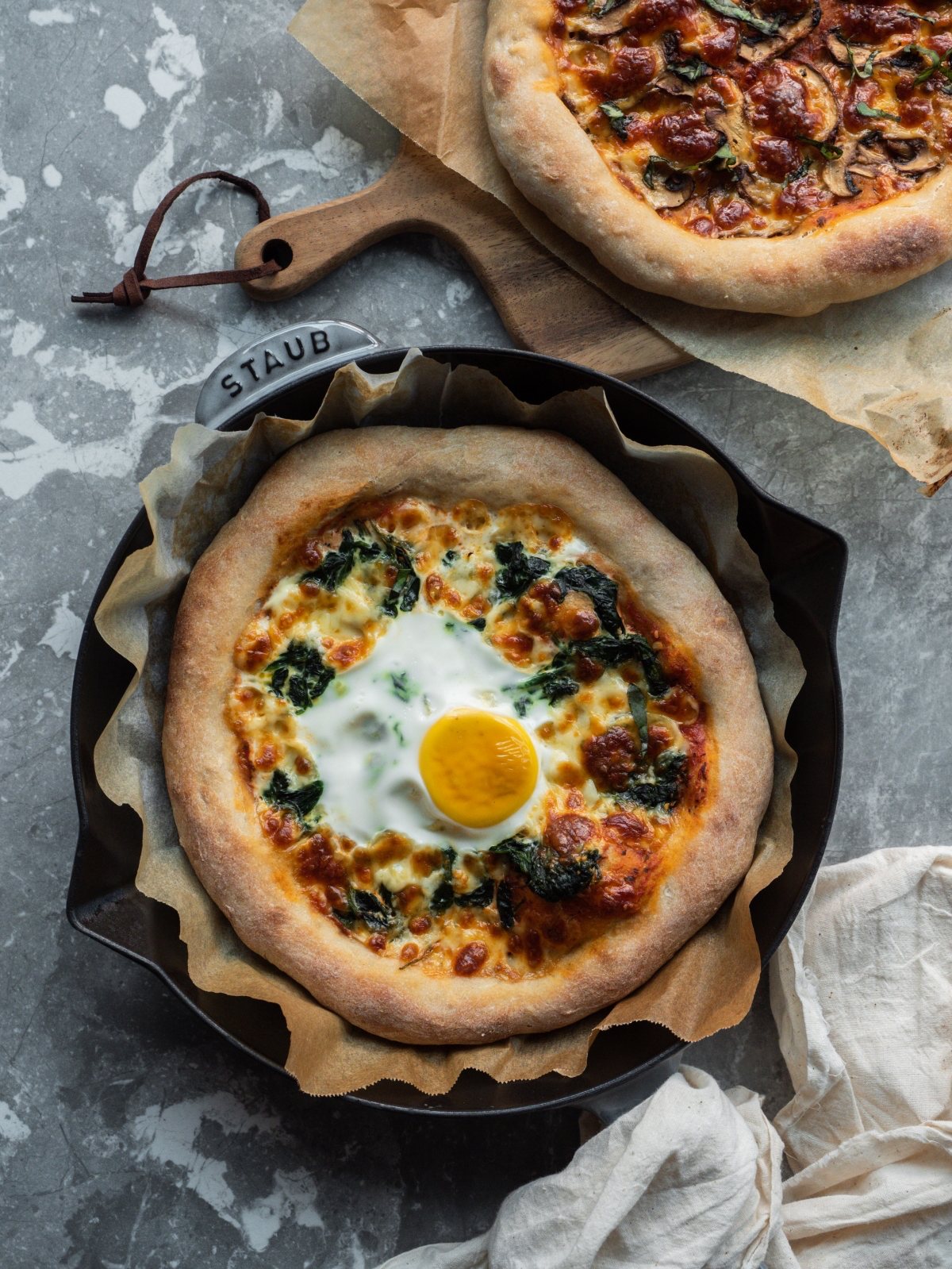
4. Shape and Proof: Gently tip the dough onto a lightly floured surface. Shape it into a tight ball or oval, creating a taut ‘skin’ on the surface. Place it, seam-side up, into your banneton or a towel-lined bowl. Cover and pop it in the fridge for a cold proof overnight (12-18 hours). This develops a deep, complex flavor and makes the dough easier to handle.
5. Bake Day! Preheat your oven with the Dutch oven inside to 475°F (245°C) for a full hour. Carefully place your cold dough into the hot pot, score the top with a sharp knife or razor blade to let steam escape, and bake with the lid on for 20 minutes. Then, remove the lid and bake for another 20-25 minutes, until it’s a deep, golden brown.
Storing Your Masterpiece
A true sourdough loaf has an amazing shelf life, thanks to those natural acids that prevent mold. Here’s how to keep it fresh without a single Ziploc bag in sight:
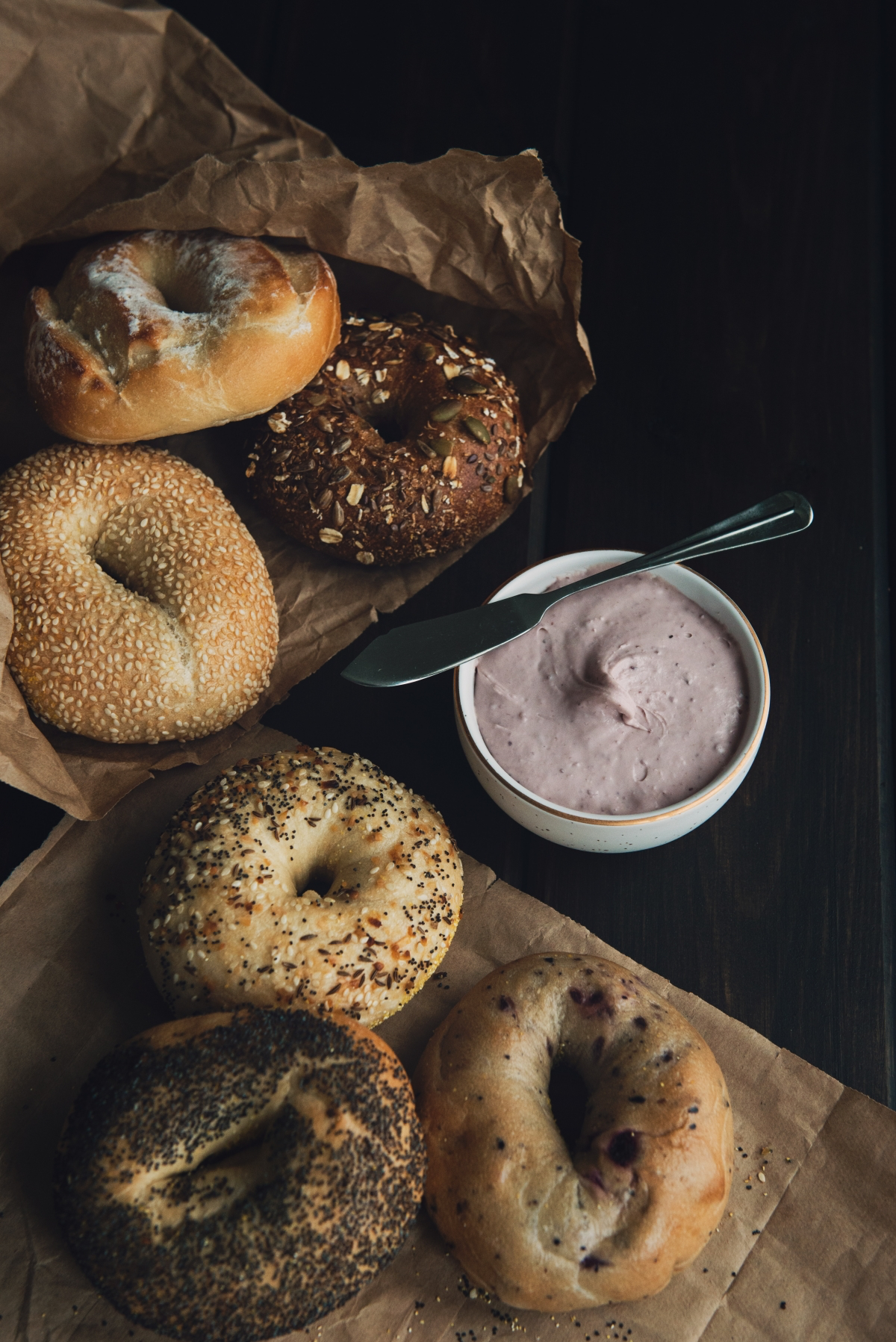
- On the Counter: This is the best way. For 3-4 days, just place the loaf cut-side down on a wooden cutting board. The crust will protect it. The flavor actually gets better on day two!
- In the Freezer: If you can’t finish it, slice the whole loaf and freeze it. The slices can go directly from the freezer into the toaster for a perfect piece of toast anytime.
- Never the Fridge: Please don’t do it! The cold, dry air of the refrigerator will make your beautiful bread go stale in record time. It’s the fastest way to ruin a good loaf.
A Final Thought: It’s Okay to Make Bricks
I’ve made tens of thousands of loaves in my life, from rustic country rounds to the dense, earthy rye breads you find in Germany and Scandinavia. And I can tell you a secret: my first few attempts were total disasters. I’m talking dense, flat, overly sour bricks that could have been used as doorstops.
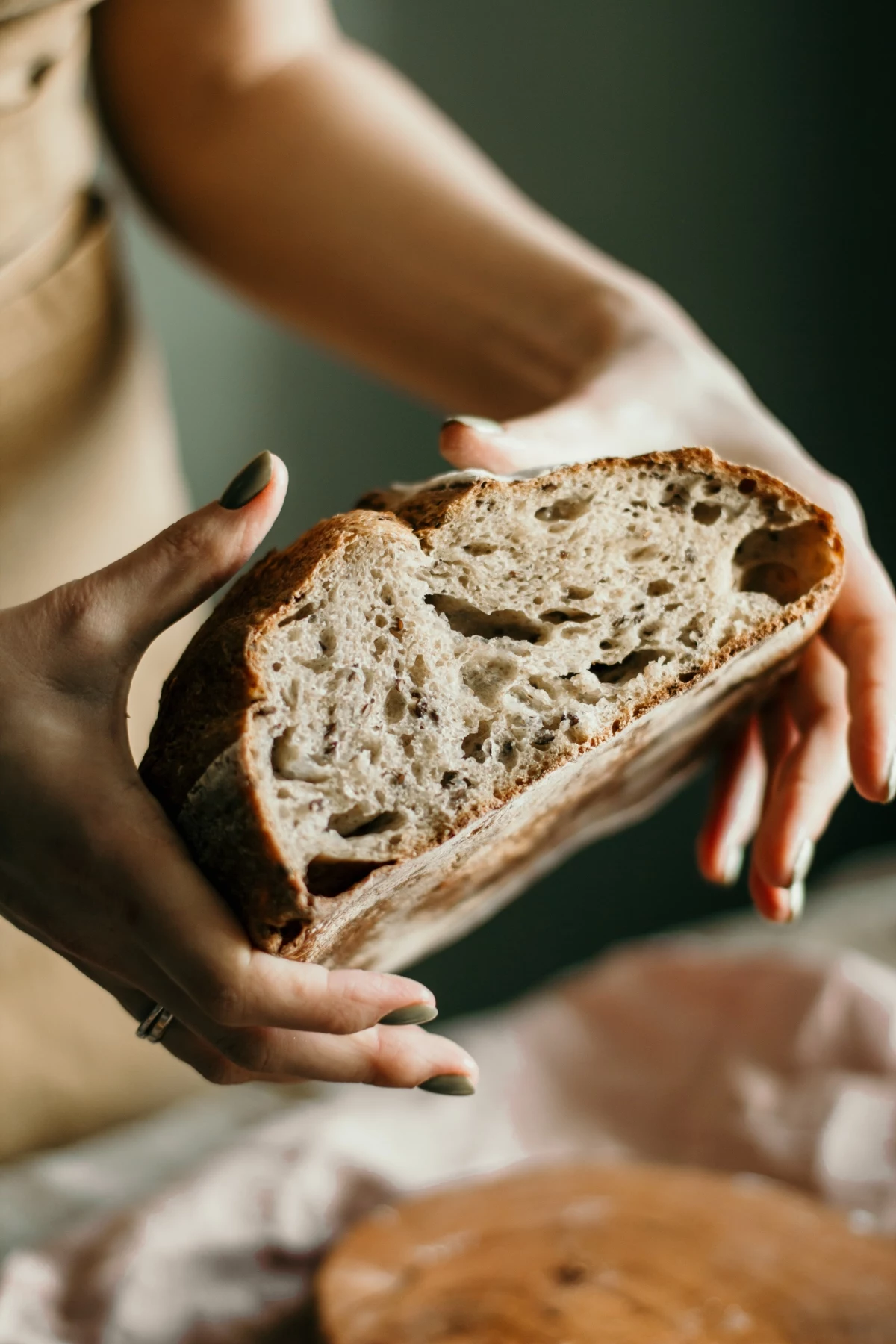
But I learned something from every single failure. I learned to read the dough, to feel when it was airy and alive, to understand what it needed from me. Baking sourdough teaches you patience and forces you to tune into your senses. It connects you to your food in a way that grabbing a plastic-wrapped loaf from the supermarket never can.
So when you pull that first loaf from your oven—whether it’s perfect or a little flat—feel proud. The feeling of accomplishment and that incredible smell that fills your entire home are benefits you’ll never find on a nutrition label.
Galerie d’inspiration

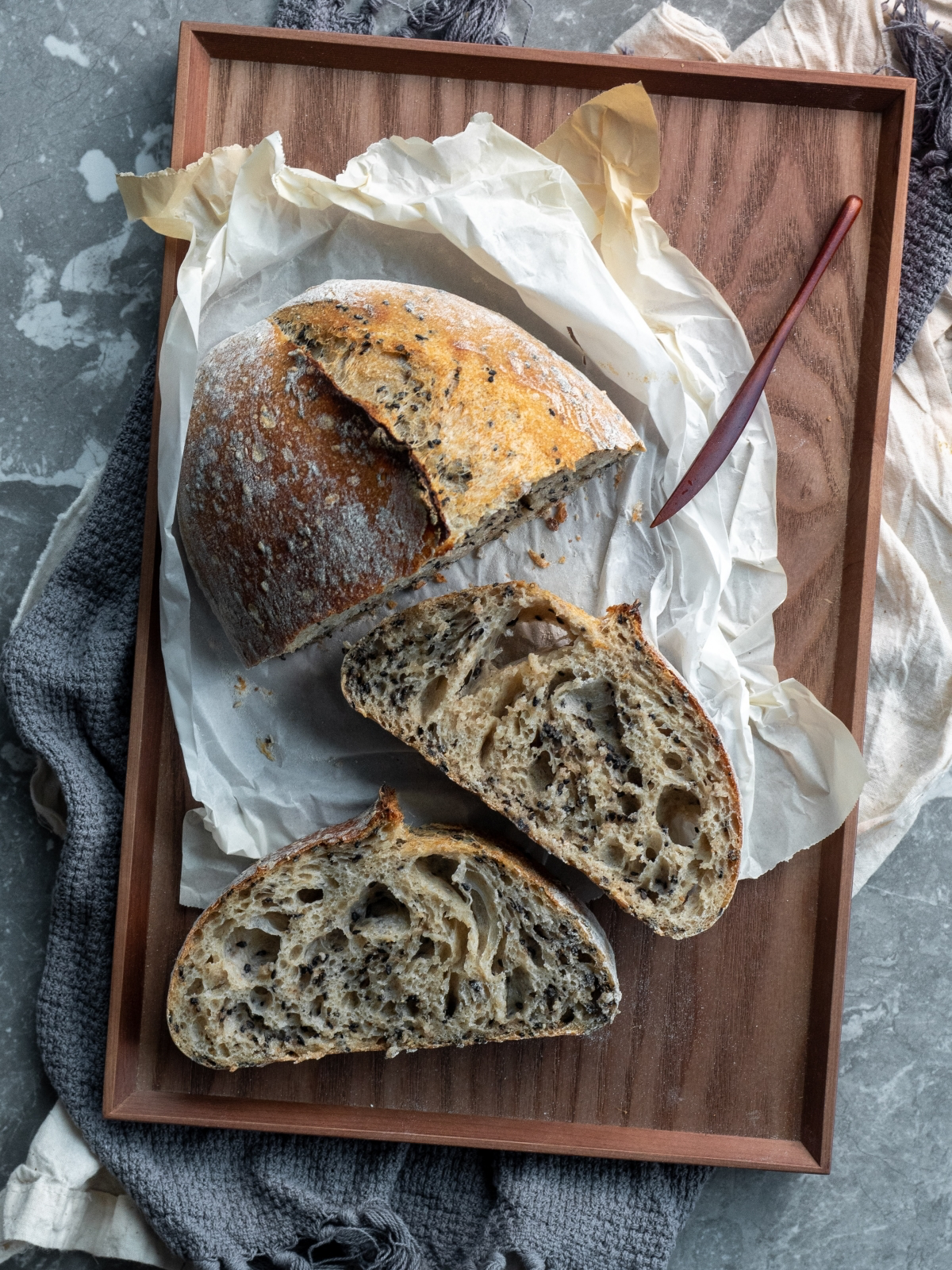
My starter has a dark, boozy-smelling liquid on top. Did I kill it?
Relax, you’re not a sourdough murderer! That liquid is called “hooch,” and it’s a sign your starter is hungry. It’s simply alcohol, a natural byproduct of yeast fermentation. Far from being a bad sign, it means your culture is very much alive. For a tangier loaf, stir the hooch right back in before feeding. If you prefer a milder flavor, carefully pour it off. Either way, just follow up with a regular feeding of flour and water, and your starter will be bubbling happily again in no time.
Bread Flour: Think of this as the reliable workhorse. Brands like King Arthur Bread Flour have a high protein content (around 12.7%), which develops strong gluten for that classic chewy crumb and high-rising loaf. It’s the perfect starting point for beginners.
Rye Flour: This is rocket fuel for a new or sluggish starter. Rye is packed with nutrients and enzymes that wild yeast loves, often leading to a much faster and more vigorous fermentation. It will lend a distinct, earthy, and slightly sour note to your final bread.
Many bakers feed their starter a blend of both to get the best of both worlds: structure and supercharged activity.










